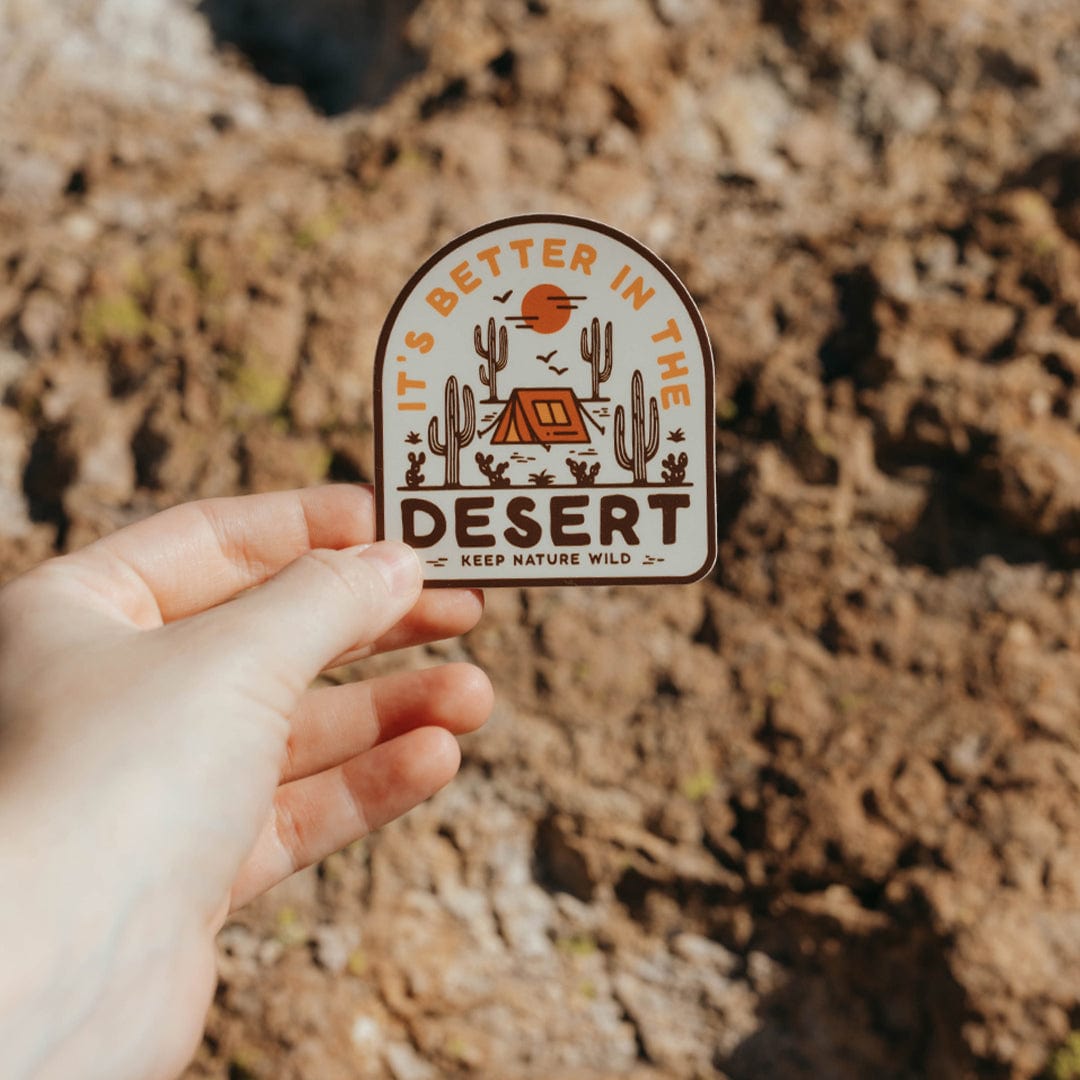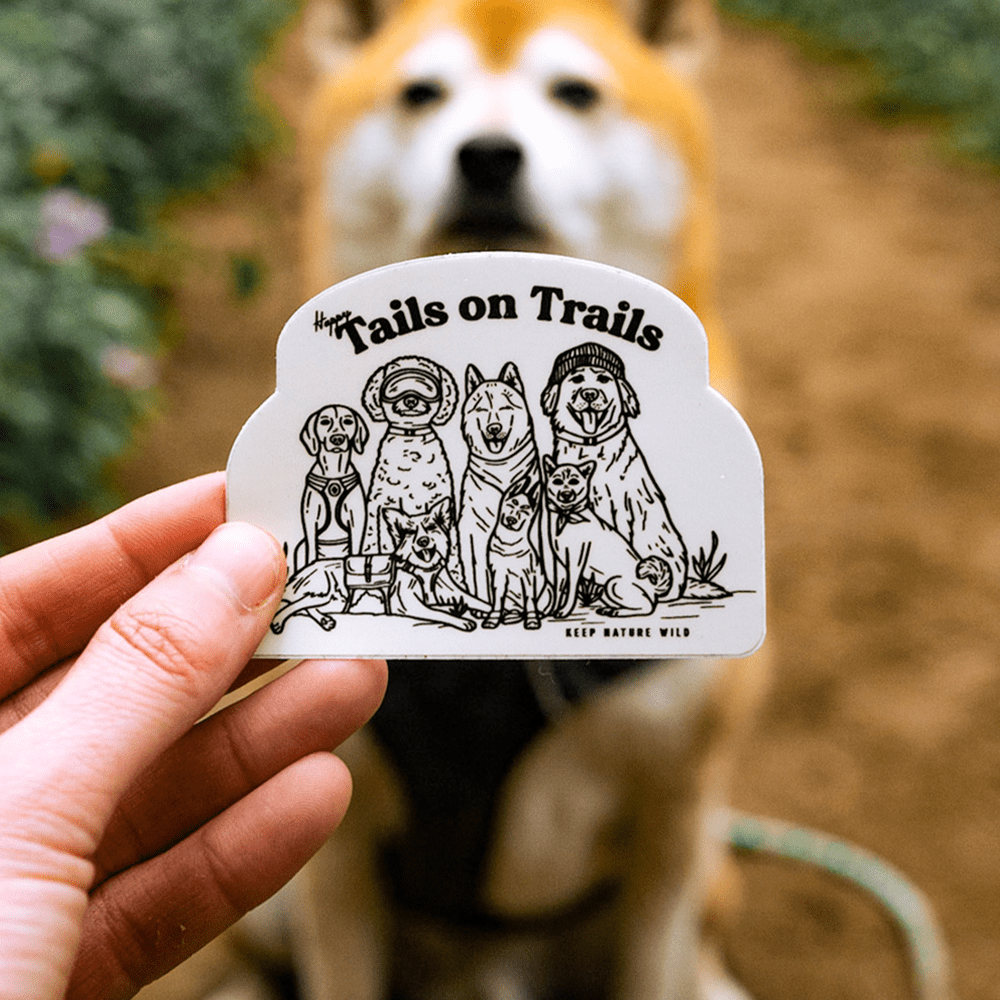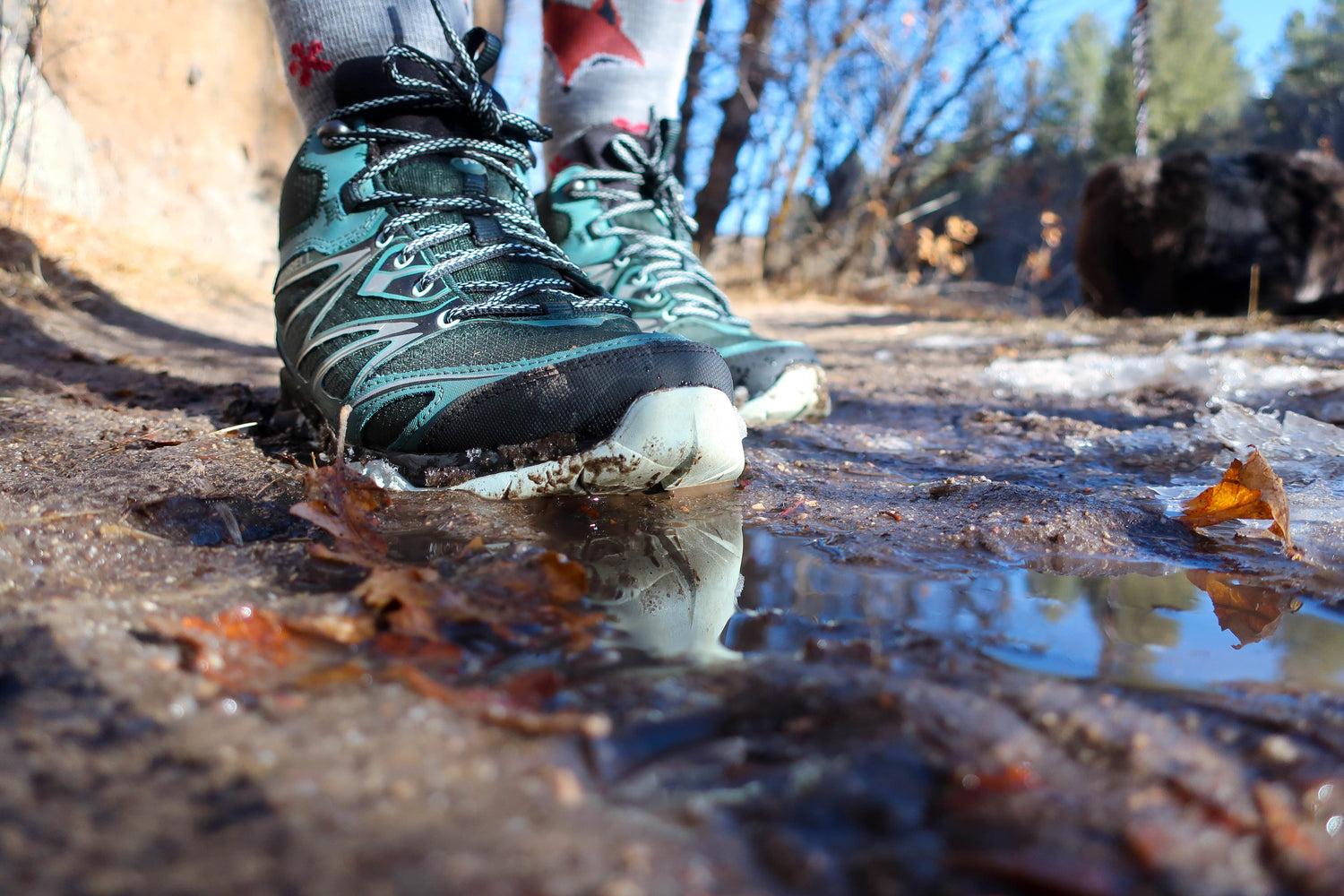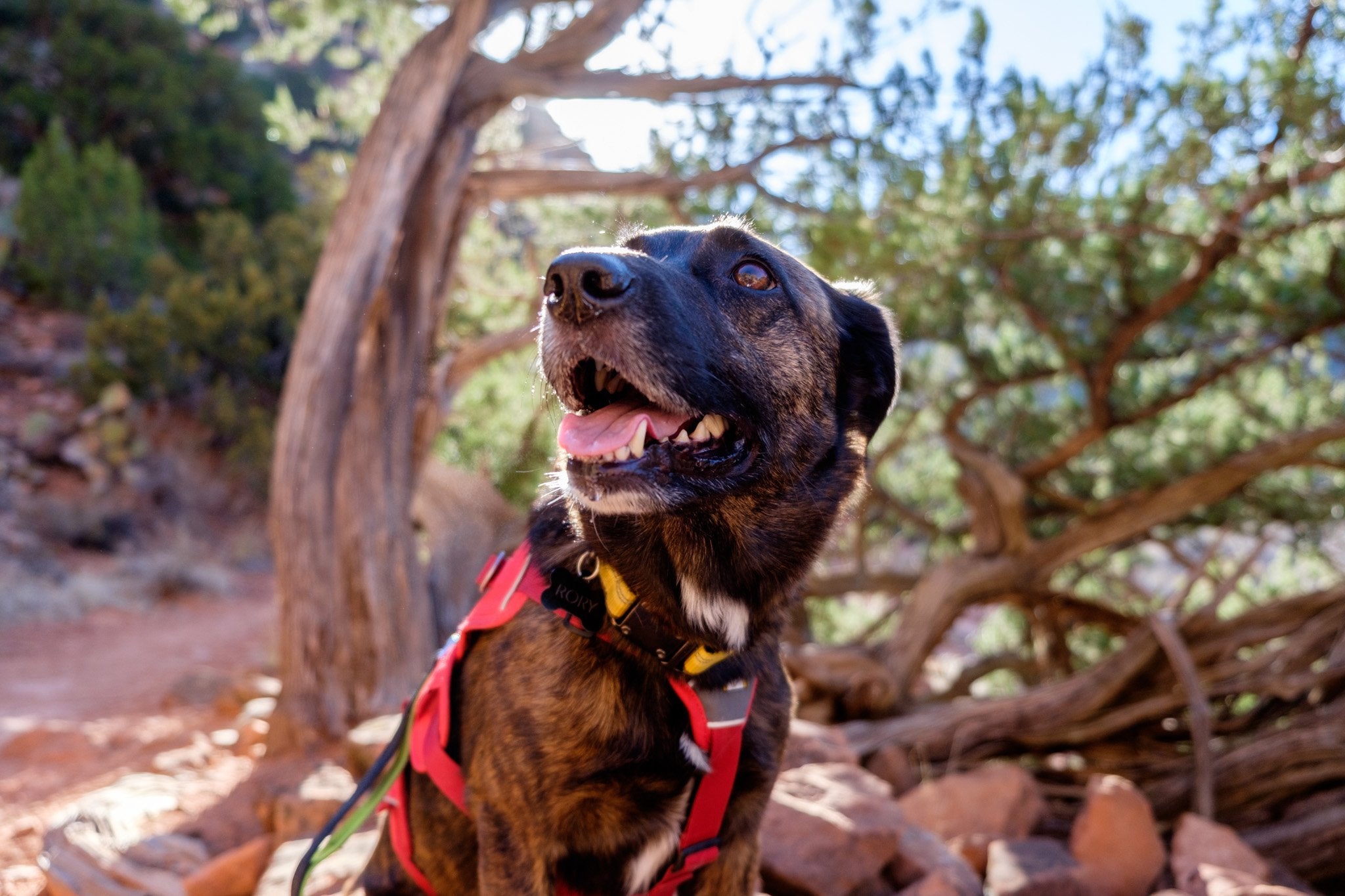You’re hiking along a trail on a beautiful spring day. There hasn’t been precipitation in weeks and the ground is dry. But then, you come around a corner and encounter a shaded bit of trail where the mud is thick, or maybe melt-off is running down the hillside, turning the trail into a muddy stream.
You decided to wear your gym shoes, or sandals, out on the trail and in your head, you sigh. You really don’t want to get muddy. It might not seem like that big of a deal to step off trail and walk around the muddy section, but then you remember the trailhead parking lot that was quickly filling up as you started off. What if everyone on the trail today bypassed the muddy section? The trail would begin to widen, all the delicate plants and wildflowers growing along it would be trampled and suddenly the impact is huge. If only your hiking boots weren’t at home!
As nature lovers, we all strive to protect our wild places, but by being unprepared, we may be doing more damage then we think!
Being prepared when you hit the trails can lessen your impact in many ways that may not be obvious at first glance. As nature lovers, we all strive to protect our wild places, but by being unprepared, we may be doing more damage then we think!
Start by knowing your route. How long is it? How strenuous? What are the trail conditions like? Will you be exposed to extreme conditions (above the protection of tree line, in avalanche territory, in an area with no shade)? Even if the trail you’re heading to is well-traveled, it’s easy to take a wrong turn, not bring enough gear or get in over your head if you haven’t taken the time to do your homework. This has many potential impacts to the area you’re recreating in. If you get off trail, you can do some serious damage to native plants, cause erosion and, especially in the snow, create a new path that others will follow. If you end up lost, or in need of emergency services because you were unprepared for conditions, you’ll be causing strain on local search and rescue who will also be damaging the environment by searching for you off-trail.
Be prepared to pack out all of your waste. Bring more bags than you think you’ll need for your dog, have a trash bag and backpack handy to stash your toilet paper, granola bar wrappers and whatever other trash you may create on the trail. As a bonus, you can grab any other trash you see along the way and leave the area nicer than you found it! Following rules, especially in an area that seems “wild” can feel tedious, but those regulations are in place to protect the area and you. A campfire might be tempting, but the fire ban is in place because the groundcover is tinder dry and a stray spark could send the whole forest ablaze. It may look like there’s a trail through an area closed for restoration, but the area has likely been reseeded to repair the false trails that others cut. Taking pictures on a rock with a “do not climb” sign might seem harmless, but the fragile sandstone erodes more and more with every selfie. Respect the rules and regulations, look into the proper permits and reservations and when in doubt, ask!
Next time you hit the trails, take a moment to assess how prepared you are and what potential impact you can avoid by changing your shoes, grabbing an extra water bottle or consulting a map. Our public lands will thank you!
Narrator
This blog was thoughtfully written by Mikaela Ruland. You can find her on Instagram @airundermyheels.






Leave a comment
All comments are moderated before being published.
This site is protected by hCaptcha and the hCaptcha Privacy Policy and Terms of Service apply.